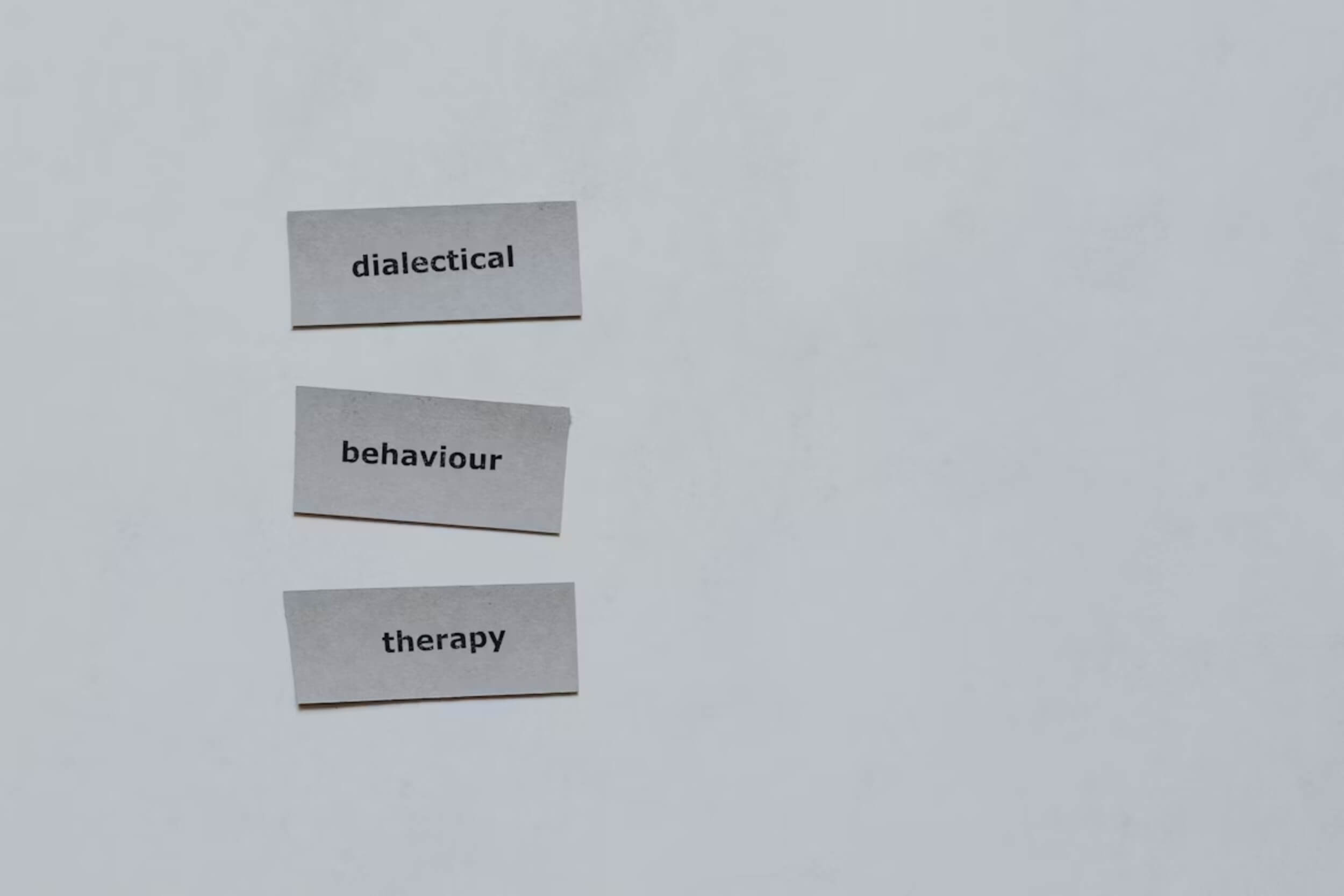People often wonder what makes certain individuals crave constant praise or control every situation they’re in. From social media personalities chasing endless likes to partners who always need to be right, narcissism seems to show up everywhere. But what most don’t realize is that narcissism isn’t just about vanity or selfies—it’s rooted in deep emotional patterns that shape how someone sees themselves and others.
At its core, narcissism works like armor. It hides insecurity under confidence and covers fear of rejection with pride. Experts say that behind the need to look perfect is often a fragile self-worth built on approval from others. That’s why some people appear charming at first but struggle when they’re not the center of attention.
Understanding these insights into hidden behaviors helps make sense of why narcissistic traits can be so confusing to deal with. Once the mask slips, their need for control and admiration starts to make perfect psychological sense.
The Psychological Foundation of Narcissism
Every pattern of narcissistic behavior begins with early emotional wiring. How a child is treated often shapes the way they see themselves and others. When love or attention is inconsistent, some children learn that affection must be earned. Others, showered with too much praise or protection, may grow up believing they’re above others. Both ends of this spectrum—neglect and overindulgence—can set the stage for fragile self-worth later in life.
- Early Emotional Blueprint
- Inconsistent affection teaches children to crave attention and approval.
- Harsh criticism builds shame and a constant need to prove worth.
- Excessive praise or pampering can lead to entitlement and self-importance.
Psychologists often refer to these roots when explaining how emotional wounds grow into narcissistic defenses.
- Core Psychological Theories
- Sigmund Freud described narcissism as self-love gone too far, a fixation on one’s own image.
- Modern experts view it as a defense against deep insecurity and fear of rejection.
- These insights into hidden behaviors show how early experiences form unstable self-esteem that depends heavily on others’ admiration.
Hidden Emotional Drivers Behind Narcissism
Inside every narcissist lies a mix of fear, insecurity, and unmet emotional needs. These are the insights into hidden behaviors that explain why charm can turn into manipulation so quickly.
- Fragile Self-Esteem
- Confidence on the outside often hides fear of failure on the inside.
- Even small criticism can cause rage, silence, or emotional withdrawal.
- The need to always appear “right” helps them avoid feeling small or exposed.
- Need for Validation and Control
- Praise works like fuel for the narcissist’s self-worth.
- When attention fades, control becomes the new way to feel safe.
- They may start controlling conversations, relationships, or even others’ emotions to keep power.
- Fear of Vulnerability
- Many narcissists see vulnerability as weakness.
- Deep down, they fear rejection or abandonment, so they hide emotions behind pride.
- These insights into hidden behaviors show that control often replaces connection.
Emotional control isn’t always about cruelty—it’s a shield to protect a fragile ego from being hurt again.
How Narcissism Manifests in Daily Behavior
The signs of narcissism can appear subtle at first, but over time they follow a predictable cycle. These insights into hidden behaviors make it easier to see the pattern for what it is—not confidence, but control.
- The Charm and Devaluation Cycle
- At the start, narcissists can be incredibly charming. They shower others with attention and compliments (“love bombing”).
- Once the other person begins showing independence, the admiration turns into criticism or coldness.
- This “idealize–devalue–discard” cycle keeps them in emotional control.
- Emotional Manipulation Patterns
- Common tactics include gaslighting (“You’re too sensitive”), silent treatment, or triangulation—pitting people against each other.
- These aren’t random. They help the narcissist stay above others while avoiding self-reflection.
- Victims often feel confused, walking on eggshells without realizing they’re being controlled.
- Power Through Perception Control
- Many narcissists twist facts to look like the victim or hero.
- Changing the story allows them to keep authority while avoiding shame.
- Recognizing these insights into hidden behaviors helps others stop internalizing blame and see manipulation for what it is.
Once understood, these behavioral clues expose the psychology behind the mask.
The Cognitive and Neurological Side of Narcissism
Narcissism doesn’t only live in emotions—it’s also linked to how the brain processes empathy and self-awareness.
- Cognitive Distortions
- Narcissists often think in extremes: right or wrong, winner or loser.
- They use projection, blaming others for their own flaws, and rationalization to protect their ego from guilt.
- These thought patterns serve one goal—to avoid shame and stay in control.
- Neurological Insights
- Brain scans show less gray matter in areas tied to empathy and emotional regulation.
- This means many narcissists literally struggle to process others’ feelings in the same way.
- These biological insights into hidden behaviors show that empathy may not be absent by choice—it’s often limited by how the brain works.
Understanding this connection turns judgment into awareness, showing why empathy gaps are part of the disorder, not always intentional cruelty.
The Social Reinforcement of Narcissism
Society often rewards the very behaviors that feed narcissism. Social media, fame, and competition create an environment where attention equals worth.
- Cultural Narcissism and Social Media
- Platforms built around likes and followers encourage constant self-promotion.
- People learn that visibility matters more than authenticity, reinforcing narcissistic traits.
- Competitive Achievement Culture
- In success-driven societies, confidence and self-branding are praised.
- The race for recognition can push some to blur the line between healthy pride and self-obsession.
- Studies link individualistic cultures with higher narcissism levels, showing how social pressure shapes personality.
Through these insights into hidden behaviors, we see that modern culture doesn’t just tolerate narcissism—it often celebrates it. Still, not everyone exposed to this environment becomes narcissistic. Self-awareness and empathy remain powerful shields against these learned patterns.
Narcissism in Relationships: The Hidden Dynamics
Relationships often reveal the most damaging side of narcissism. The closer you get, the clearer their need for control becomes.
- The Power-Control Equation
- Dominance gives narcissists a sense of safety.
- They test limits early—interrupting, ignoring opinions, or shifting rules to stay on top.
- Emotional Consequences for Partners
- Constant manipulation causes confusion, self-doubt, and even trauma bonding, where victims feel attached despite the pain.
- Over time, their sense of identity weakens, replaced by anxiety and emotional fatigue.
- The Role of Empathy Deficit
- Low empathy blocks genuine connection.
- Narcissists may not feel others’ pain fully, but often interpret it as criticism.
- Experts describe this as an emotional blind spot rather than deliberate cruelty.
Understanding these insights into hidden behaviors helps partners set boundaries before being drained emotionally. Awareness doesn’t just protect—it restores confidence and clarity.
Defense Mechanisms That Maintain Narcissism
To protect their self-image, narcissists rely on psychological defenses that keep them from facing shame.
- Denial and Projection
- Denial shields them from guilt, while projection shifts blame onto others.
- “You’re the selfish one,” often means they feel selfish themselves.
- Rationalization and Minimization
- Justifying hurtful actions (“I only said that because you made me mad”) helps them avoid responsibility.
- Idealization and Devaluation
- They swing between praise and criticism to stay emotionally dominant.
These defenses bring short-term comfort but block long-term growth. True change happens only when they confront the insecurity behind the mask. Professional therapy helps uncover these insights into hidden behaviors, making healing possible for both sides of the relationship.
Expert Insights: What Therapists Observe
Therapists often describe working with narcissistic clients as challenging but possible.
- Therapist Perspective
- Trust is hard to build because many narcissists fear judgment or exposure.
- Beneath the arrogance, therapists often find shame, loneliness, and fear of rejection.
- Evidence-Based Interventions
- Psychodynamic therapy helps uncover early wounds.
- CBT teaches healthier thinking patterns.
- DBT strengthens emotional control and empathy.
Clinical experts agree that recovery begins when narcissists stop defending and start reflecting. These professional insights into hidden behaviors prove that change can happen—slowly, but genuinely—with consistent effort and compassion.
Recognizing and Responding to Narcissistic Behavior
Spotting narcissistic traits early can save emotional energy and protect self-worth.
- Red Flags to Watch For
- Constant need for praise
- Blame-shifting or playing the victim
- Mood swings after criticism
- Lack of real accountability
- Setting Boundaries
- Stay calm and consistent when enforcing limits.
- Don’t overexplain; keep boundaries simple and firm.
- Write down manipulative events to keep perspective.
- Protecting Self-Esteem
- Build self-worth outside the relationship.
- Therapy or support groups help with validation and healing.
- Remember, recognizing abuse is not weakness—it’s awareness.
With the right tools and understanding, people can respond with strength and self-respect. Awareness of these insights into hidden behaviors gives survivors the clarity needed to step out of emotional control and into personal peace.
Final Thoughts on Understanding Narcissism
Narcissism is less about ego and more about fear disguised as control. Once we see the emotional pain behind the pride, understanding replaces confusion.
Recognizing the psychology behind narcissism doesn’t excuse manipulation—it helps people protect themselves while keeping empathy for human flaws.
These insights into hidden behaviors remind us that growth is possible for both narcissists and those affected by them. With therapy, awareness, and healthy boundaries, healing becomes more than hope—it becomes choice.














